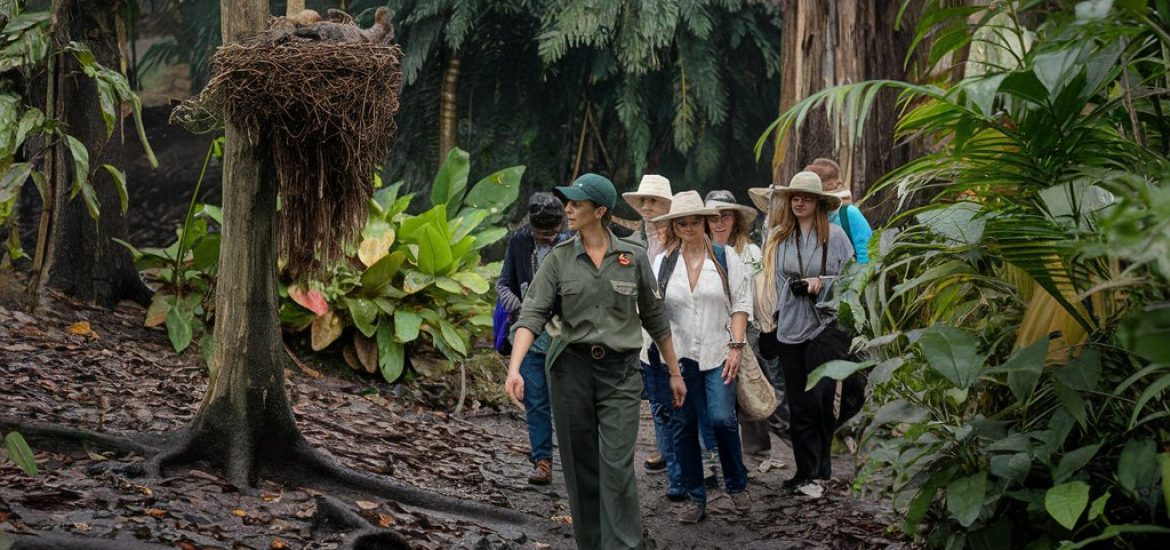Costa Rica’s environmental turnaround created unexpected economic benefits. First, the country developed a thriving ecotourism industry. Consequently, forest protection became profitable for local communities. Additionally, new markets emerged for sustainable products.
Ecotourism now generates over $1.6 billion annually. In fact, tourism employs one in eight Costa Ricans. Most visitors come specifically for natural attractions. Therefore, intact forests provide more value than cleared land. Moreover, tourism revenue flows directly to rural communities.
Carbon Markets and Services
Costa Rica pioneered innovative carbon market participation. For instance, their national carbon trading program started in 1996. As a result, landowners receive payments for forest maintenance. Furthermore, international corporations invest in Costa Rican carbon offsets.
The system functions through careful monitoring and verification. Meanwhile, forest owners gain steady income. Subsequently, these financial incentives make conservation economically viable. Hence, protecting trees becomes more profitable than cutting them.
Sustainable Agriculture
Farmers developed new approaches to work with forests. Specifically, shade-grown coffee commands premium prices. Similarly, cacao production thrives under forest canopy. Eventually, these methods spread to other crops.
Agroforestry systems now dominate certain regions. Indeed, farmers integrate trees with agricultural production. Then, they market products as environmentally friendly. Thus, conservation becomes part of the business model.
Case Study: Monteverde
Monteverde shows the economic transformation clearly. Previously, dairy farming drove deforestation. However, the community shifted to ecotourism in the 1980s. Afterward, incomes rose significantly.
Local businesses now thrive on cloud forest preservation. Meanwhile, former farmers work as guides and naturalists. Ultimately, the region generates more wealth than before. Obviously, this success inspired other communities.
Global Lessons
Other nations can learn from Costa Rica’s experience. Notably, environmental protection created jobs rather than eliminated them. In addition, new industries emerged from conservation efforts. Finally, rural economies strengthened through diversification.
The transition wasn’t always smooth. Nevertheless, long-term benefits outweighed short-term costs. Currently, Costa Rica’s example influences policy worldwide. Undoubtedly, their economic model offers hope for developing nations.
Costa Rica proves conservation can drive economic growth. Next time, we’ll explore their specific reforestation techniques. Have you experienced Costa Rica’s ecotourism? Share your thoughts below.


2 Comments
Cảm ơn tác giả vì bài chia sẻ chi tiết! Gần đây mình thử b29 win cổng game quốc tế, bật vài ván là xả stress phê lòi.
0ht2cb